In Ex parte Hassler (Appeal 2020-001367), the Patent Trial and Appeal Board (“Board”) considered Appellant’s two arguments rebutting the Examiner’s obviousness rejection based on the combination of the primary reference (Fischmann) with the secondary reference (McNew).
Independent claim 1 illustrated the subject matter of the appealed claims and was directed to a method that included a step (a) of receiving an oxyanion-containing water comprising at least one non-metal-containing oxyanion and a subsequent step (b) of contacting the oxyanion-containing water with a separate rare-earth-element-containing component to remove more than 50% of the oxyanions from the oxyanion-containing water. The claim further limited the non-metal-containing oxyanion to an anion that contained one or more particular species recited in a Markush group.
The Examiner admitted Fischmann, which disclosed step (a), failed to teach a separate component containing a rare-earth element as claimed in step (b) and thus resorted to McNew for the admitted deficiency. Appellant first argued Fischmann did not constitute prior art because the claimed subject matter enjoyed priority to applications that predated Fischmann. Secondly, Appellant argued even if Fischmann constituted prior art, the Examiner’s substitution of McNew’s composition into the process of Fischmann was improper.
The Board reversed the obviousness rejection because the Board agreed with Appellant’s second argument. However, the Board sided with the Examiner regarding Appellant’s first argument. The Board’s analysis of Appellant’s first argument involving the written description and enablement requirements of 35 U.S.C. § 112(a) (or pre-AIA § 112, ¶ 1) is the focus of this blog.
Appellant argued the application at issue had an earlier effective filing date because it claimed priority to two provisional applications (“the Hassler provisionals”), which incorporated by reference three earlier filed non-provisional applications (“the incorporated applications”). Appellant argued all the incorporated applications and the Hassler provisionals defined the terms “oxyanion” and “target material-containing oxyanion” in the same way.
The Examiner contended the claim could not be afforded priority of the Hassler provisionals because the Hassler provisionals did not support the claimed subject matter in a manner that complied with the written description requirement of § 112(a). The Examiner explained the Hassler provisionals merely described the oxyanions generally as AxOy with A being a metal, metalloid, or non-metal but did not disclose any species of non-metal oxyanions other than selenium. The Examiner similarly found the incorporated applications failed to disclose the Markush species recited in claim 1.
Appellant did not dispute the Examiner’s contention that the Hassler provisionals failed to expressly disclose the particular Markush species. However, Appellant argued “the fact that the Hassler provisionals do not define non-metal oxyanions other than selenium oxyanions as ‘target-material containing’ oxyanions does not limit the scope of the genus of ‘oxyanions’ generally [described therein].” Appellant continued, “it [is] well known to those of ordinary skill in the art that the term ‘oxyanion’ referred to any anion ‘containing one or more oxygen atoms bonded to another element.’” Citing Regents of the University of California v. Eli Lilly, 119 F.3d 1559, 1568 (Fed. Cir. 1997) and relevant MPEP sections, Appellant further argued that “in assessing a disclosure for compliance with 35 U.S.C. § 112(a), … ‘[w]hat is conventional or well known to one of ordinary skill in the art need not be disclosed in detail’” and that the general chemical formula AxOyz- disclosed in the Hassler provisionals eliminated any ambiguity in that “such a formula, even standing alone, provides adequate disclosure for the genus of oxyanions because, ‘[i]n claims involving chemical materials, generic formulae usually indicate with specificity what the generic claims encompass [and] [a]ccordingly, such a formula is normally an adequate description of the claimed genus.”
The Board disagreed and found Appellant confused the written description requirement of § 112(a) with the enablement requirement of § 112(a). The Board noted that the enablement requirement was more indulgent than the written description requirement. The Board acknowledged a specification did not necessarily need to disclose what was well-known and conventional in order to satisfy the enablement prong of § 112(a). However, the Board emphasized written description and enablement were separate requirements. In particular, “[a]dequate written description means that the applicant, in the specification, must ‘convey with reasonable clarity to those skilled in the art that, as of the filing date sought, he or she was in possession of the [claimed] invention.’” The Board further noted a specification must provide some guides or “blaze marks” that disclosed the claimed invention “specifically, as something appellants actually invented.” The Board did not find Appellant’s argument about whether oxyanions, as a class, were well known to those skilled in the art addressed the separate inquiry of whether the Hassler provisionals provided adequate written description to establish the claim to priority.
Because “one cannot disclose a forest in the original application, and then later pick a tree out of the forest and say here is my invention,” Purdue Pharma L.P. v. Faulding Inc., 230 F.3d 1320, 1326 (Fed. Cir. 2000), the Board did not find Appellant sufficiently demonstrated that any of the earlier filed applications conveyed with reasonable clarity to those skilled in the art that, as of the filing date sought, Appellant was in possession of the claimed Markush species. Accordingly, the Board held Fischmann constituted prior art.
Takeaway: To satisfy the written description requirement, a specification must describe the claimed invention in sufficient detail that one skilled in the art can reasonably conclude that the inventor had possession of the claimed invention at the filing date sought. For a claim to comply with the written description requirement or to be entitled to a priority date, each claim limitation must be expressly or inherently supported in the originally or previously filed disclosure. When an explicit limitation in a claim is not present, it must be shown that those skilled in the art would have understood that the description requires that limitation. As illustrated by Hassler, in the chemical art, a structural chemical formula that is not sufficiently detailed fails to show applicant was in possession of the claimed invention as of the filing date sought.
Judges: T. J. Owens, B. W. Baumeister, and B. D. Range


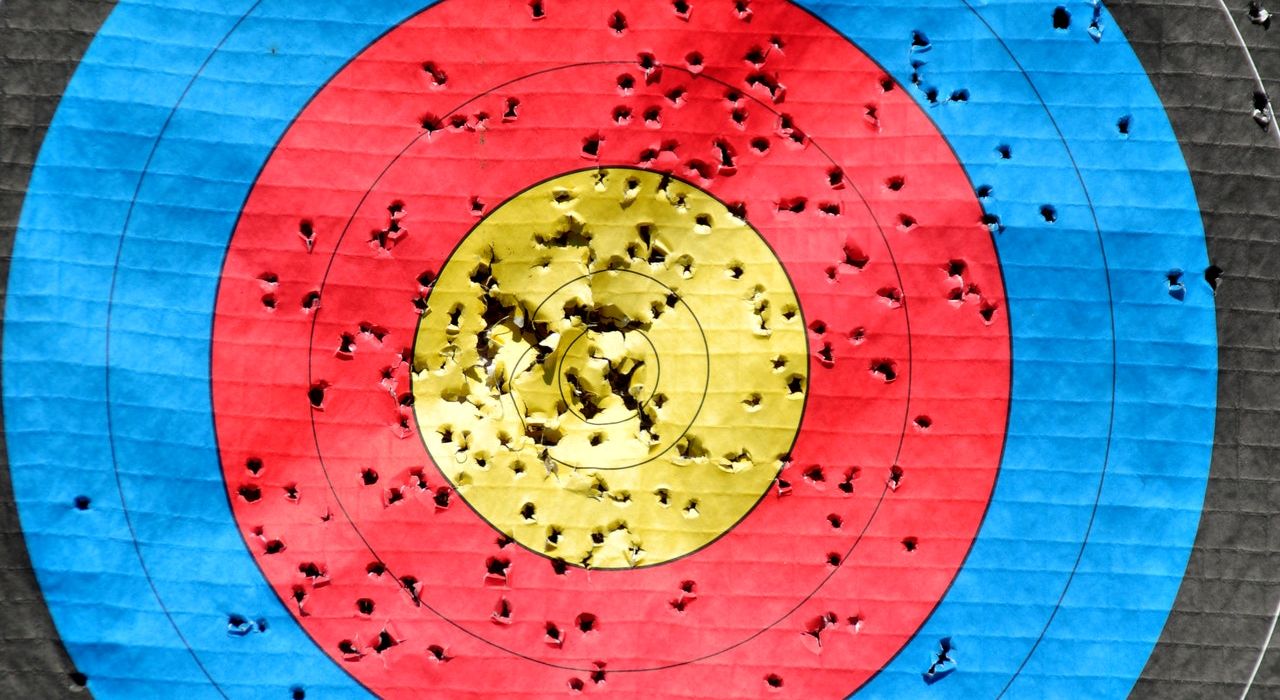
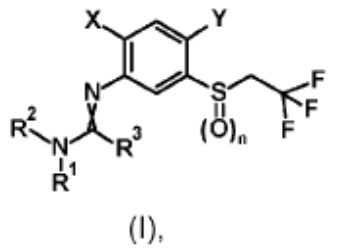
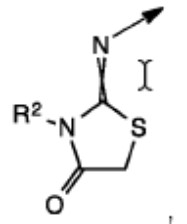
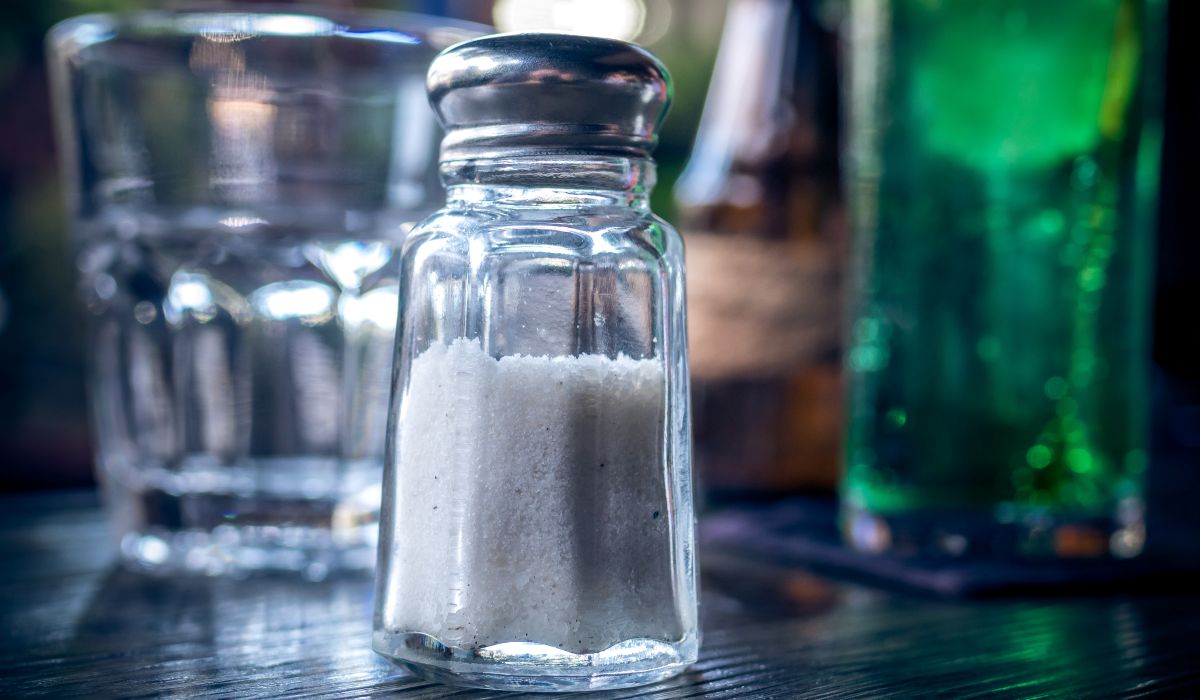


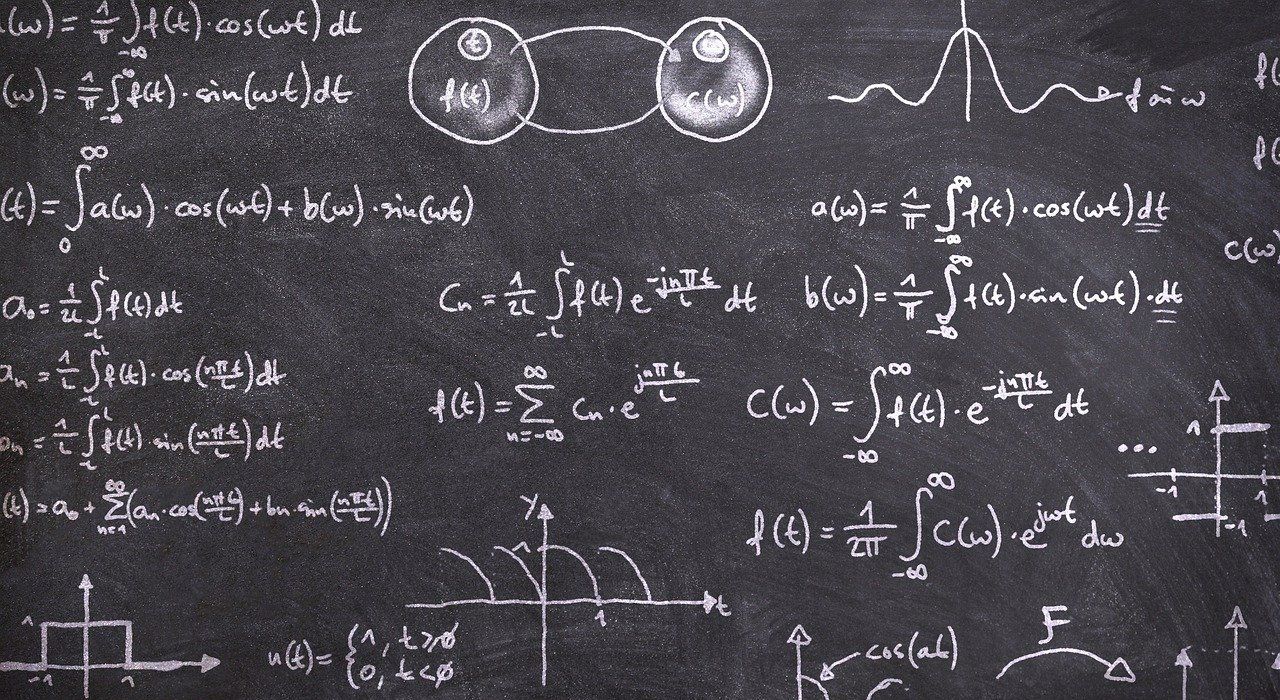
 (1)
(1)


